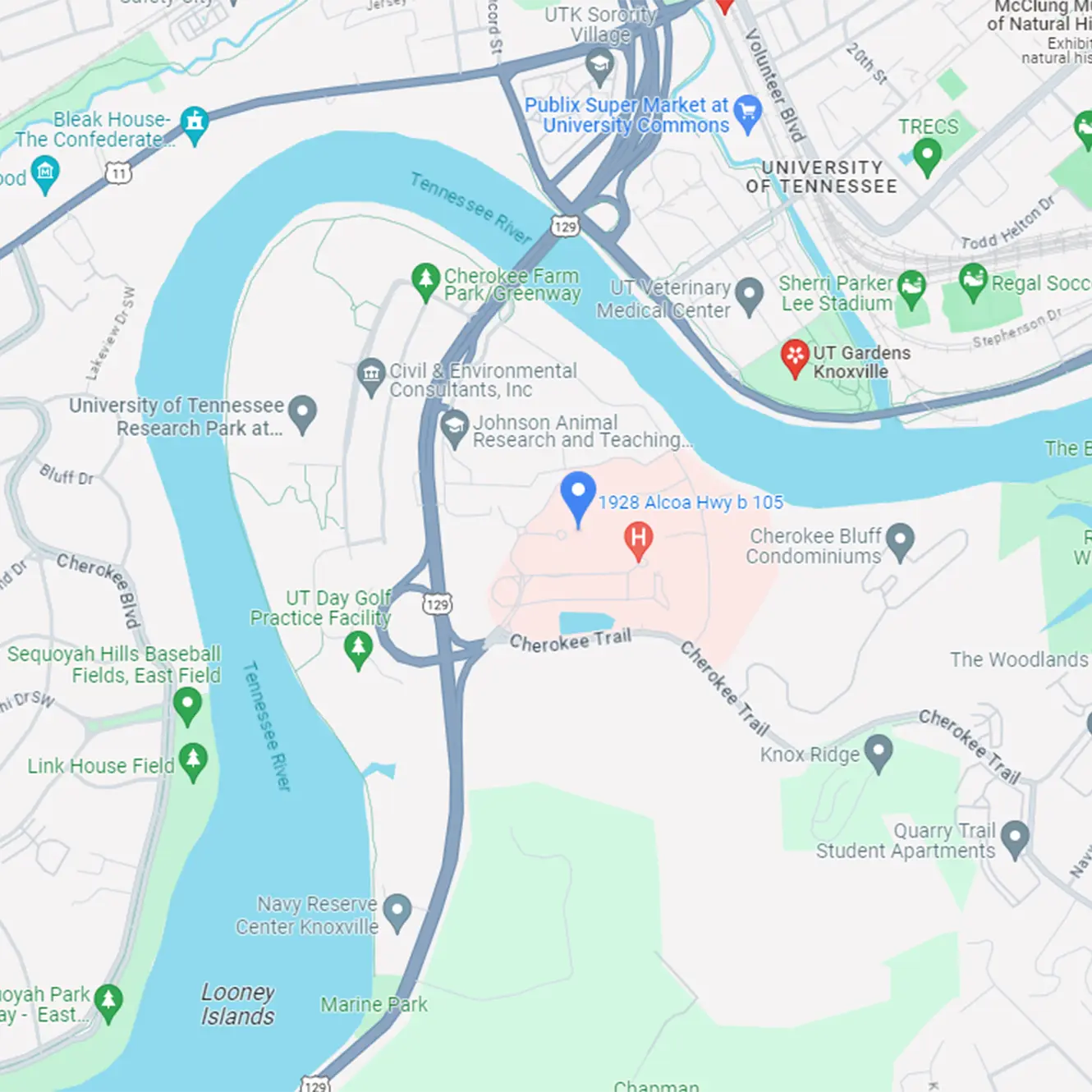Pyloric stenosis is a condition in newborns and infants where the final portion of the stomach (the pylorus) becomes very narrow and doesn’t let food pass into the small intestine. The pyloric muscle, that contracts to keep food in the stomach and relaxes to let food pass to the small intestine, becomes too large. In babies with pyloric stenosis this muscle does not relax. Infants who develop this condition begin to vomit during the second or third week of life. Babies begin with “spitting up” that turns into forceful vomiting (projectile).
Pyloric stenosis is rare in children older than 6 months. It is about four times more likely to occur in firstborn male infants and also runs in families. If a parent had pyloric stenosis, the infant has a 20% chance of developing it.
Causes
The cause of this condition is not known, but some risk factors may include:
- Taking an antibiotic (erythromycin) in the first two weeks of life, or
- Mothers who took this antibiotic at the end of pregnancy or during breastfeeding.
Professionals have a few ideas which include:
- Allergies cause the muscle to thicken and be unable to relax.
- Hormones from the mother cause the muscle to thicken.
- Problem with the way the infant’s body uses nitric oxide (a substance the body uses to relax muscles).
Symptoms
Symptoms of pyloric stenosis usually begin at 3 weeks of age:
- Vomiting which becomes more forceful (projectile) after eating.
- Constipation, green diarrhea, small stools, or stools with mucus
- Failure to gain weight, or weight loss
- Stomach pain or fullness after eating
- Being able to see waves in the infant’s belly after eating.
Diagnosis/Testing
Your doctor will ask for a detailed medical history, including details about the child’s vomiting. Blood testing and an ultrasound may be done. Your doctor may also have your child undergo an Upper GI Series in order to detect if there is a blockage.
Treatment
If your child does have a pyloric stenosis, he/she will need surgery (pyloromyotomy) in order to correct the muscle. During the surgery the doctor will cut the tight muscle that is preventing food from flowing from the stomach to the small intestine. The muscle will then be loose, and the baby will usually be able to eat shortly after the procedure.
When to Call the Doctor
- Vomiting for longer than 6 hours
- Poor weight gain or weight loss
- Fever greater than 101F (38C)
- Few or no stools for 1 to 2 days
- Signs of dehydration (no urine for 8 hours, no tears whey crying, sunken “soft spot” on head)
- Jaundice (yellowing of the skin or eyes)














